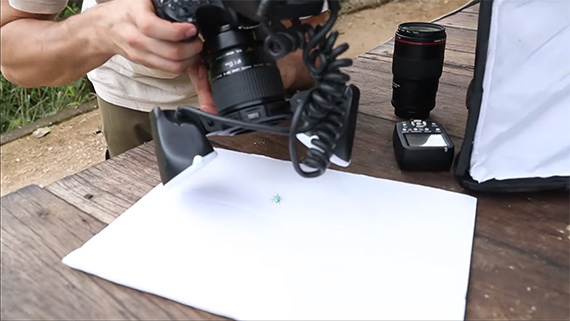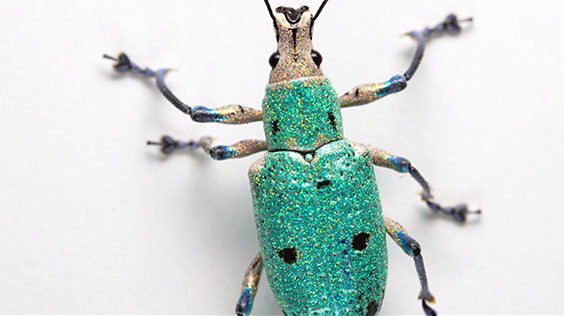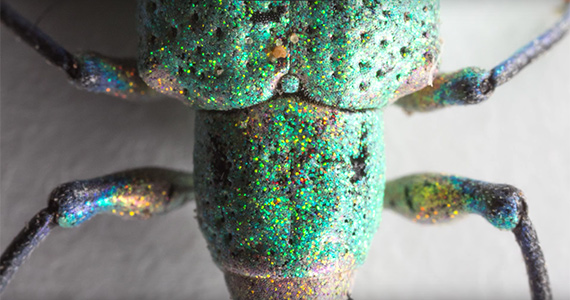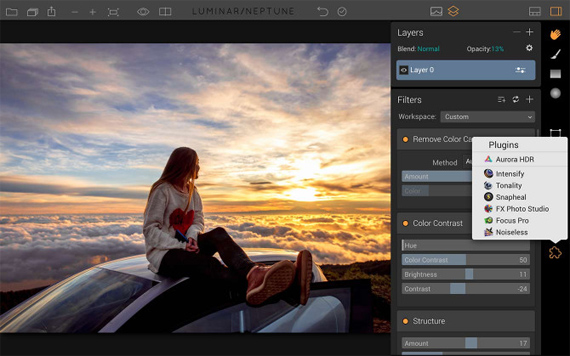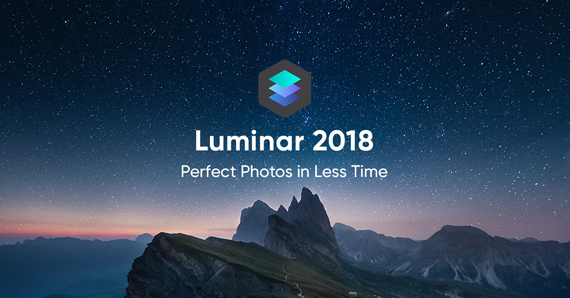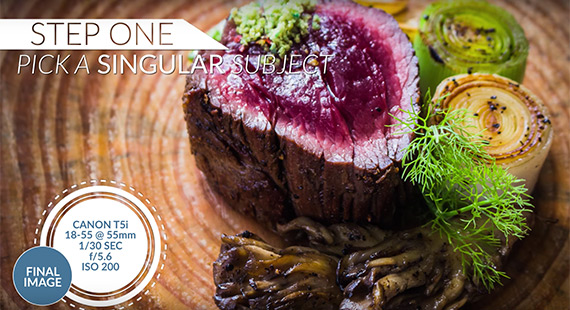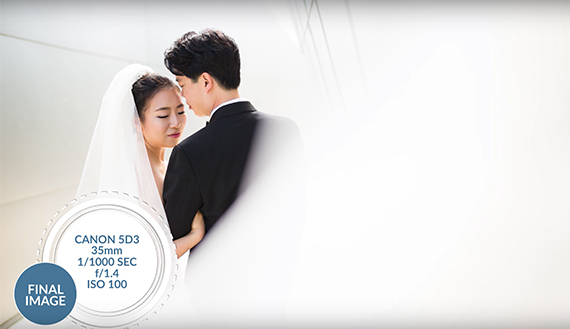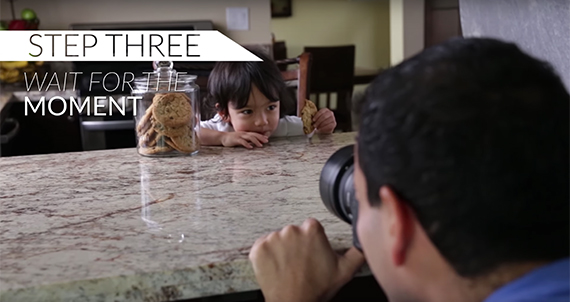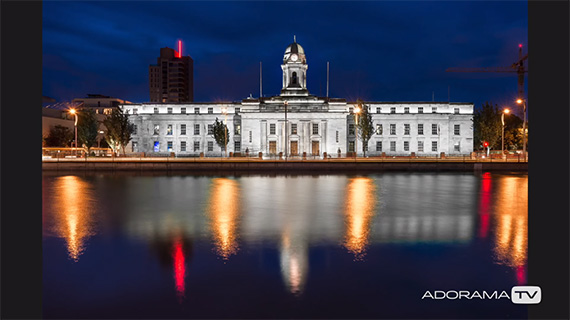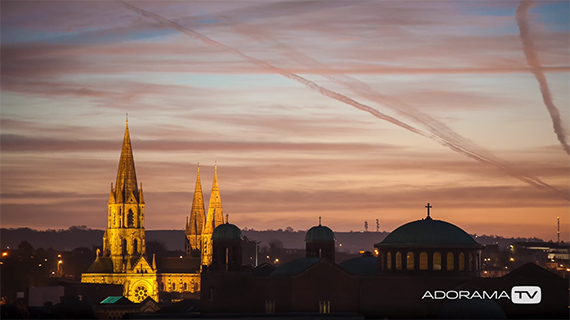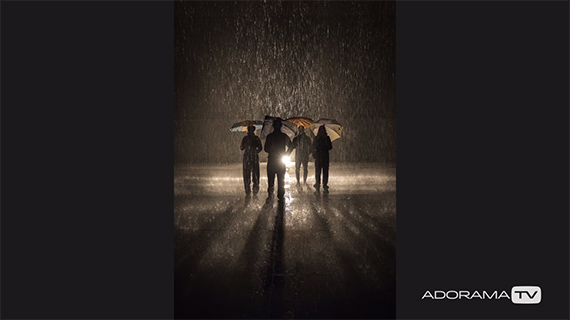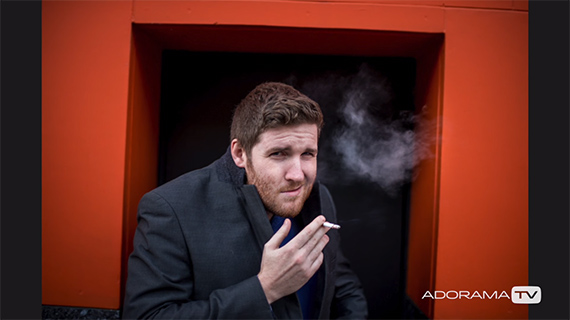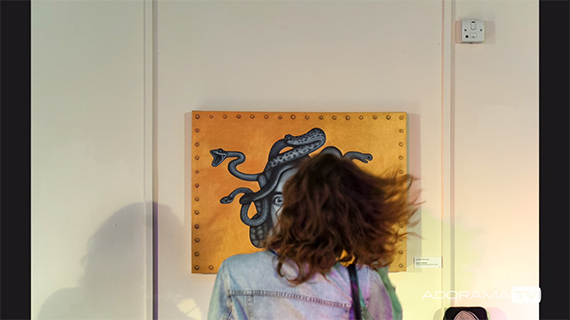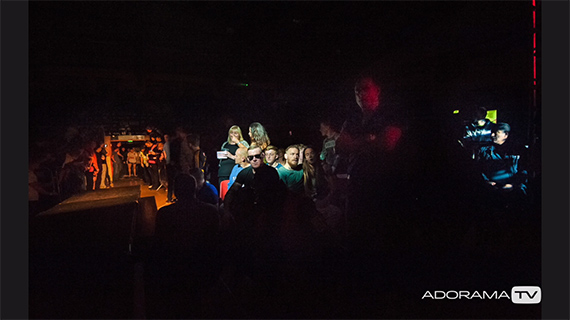Some years back I was on a road overlooking Carcassonne, that delightful French medieval city. It was sunset and I, with my new digital camera and tripod, was enjoying capturing images as the golden light gradually changed.
There was another photographer close by also with a digital camera and tripod. He waited and waited, then captured his single image, packed up, and departed. This was either wonderful self control or a wasted opportunity to capture the stunning images that then developed as the sunset took place.
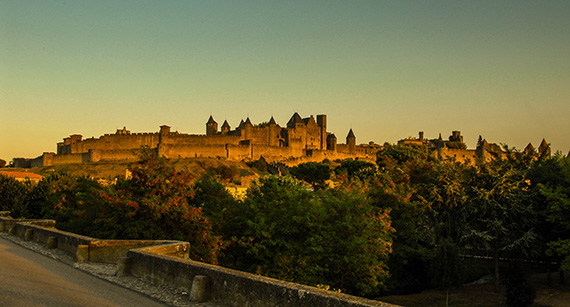
In the days of film photography, his approach may have made sense if he was on a limited budget. Each image cost money which tended to make people a bit frugal. Also there was the factor that one didn’t know how the captured image had turned out immediately.
Today we are all well aware of the benefits of digital photography. See the captured image immediately and at no cost (ignoring the capital cost of equipment!) apart from the photographer’s time.
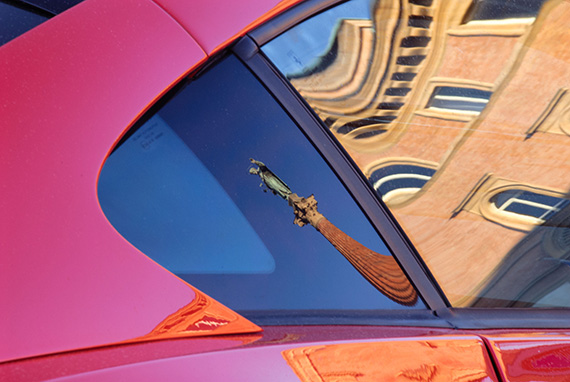
The first creative bonus of digital is the obvious one: we can see the result immediately and, if necessary, amend the settings to improve it until we are happy.
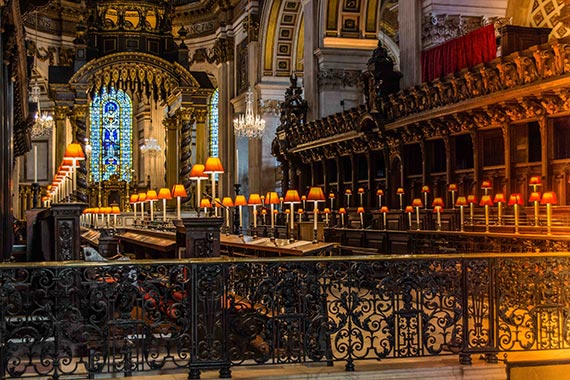
The more subtle second bonus, which many people ignore, is the removal of all constraints on creativity. See it, shoot it. Don’t like the result? Change your approach or delete it. Move on. Like the result? Bonus benefit if it’s an image that is so different to your normal take.
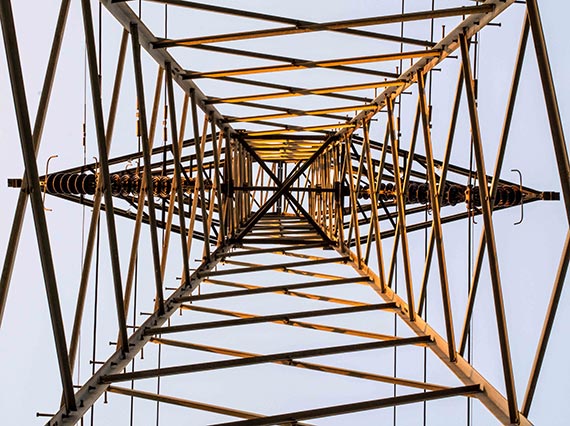
The freedom of digital allows us to capture images that can be just so different from our usual style, and I am not talking about just blowing off hundreds of images in the hope that there will be one or two gems amongst the chaff.
There are literally thousands (millions?) of mindless images taken and uploaded every day. As photographers, this is not what we would want to do. Before every image that we take, we should just ask ourselves: Why am I taking this? Not a big in-depth personal discussion but just a quick “think about” before pressing the shutter button.
So, as we walk around with our cameras at the ready, we should have a completely open mind about subject matter. Anything that strikes us as being interesting, quirky, or just different is worth capturing for later review.
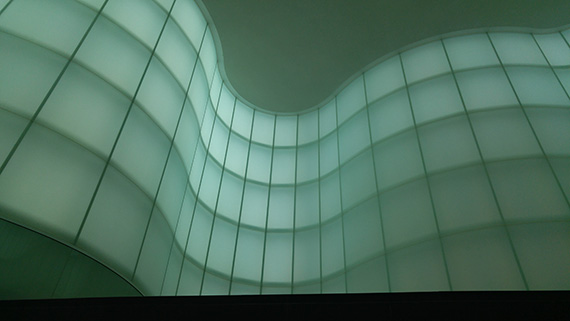
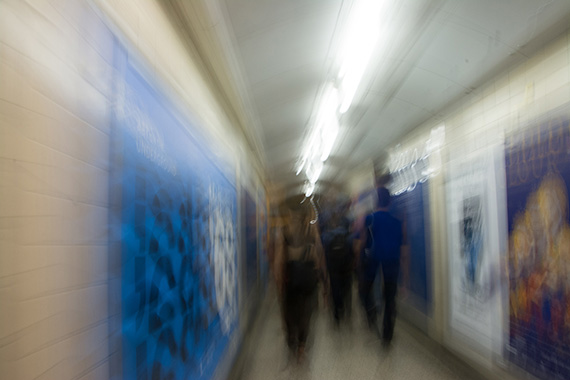
Don’t let anything that you’ve read or been taught about composition act as a constraint. This is digital with total freedom to create (and delete!). It’s a licence to have total fun with your camera. These are not images for club competitions; these are images for you to enjoy and, hey, some of them might even be worth entering in a competition.
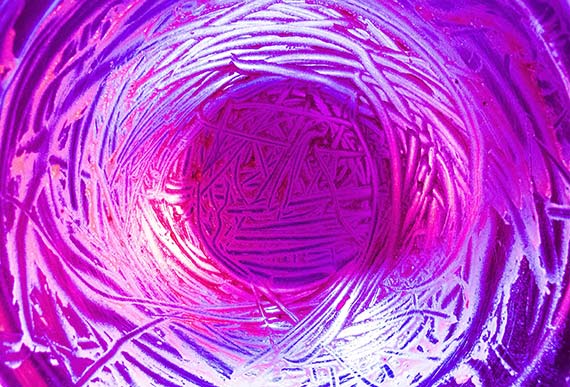
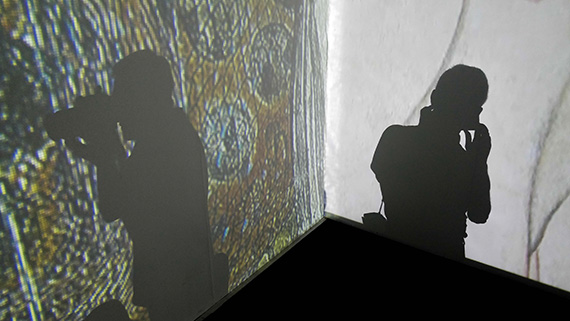
Just take time to experiment with this approach. No rule of thirds, no straight horizons, etc. Just what you feel like taking for you. You may find that it brings a whole new breath of fresh air into your photography.
This is what I call the second digital bonus when you are actually capturing fascinating experimental images.
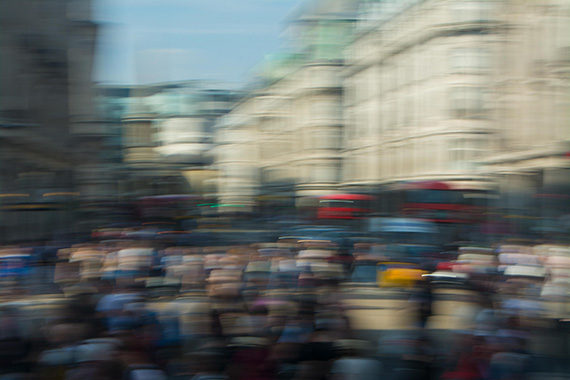
This article obviously ignores all the benefits of post processing which is a whole different subject.
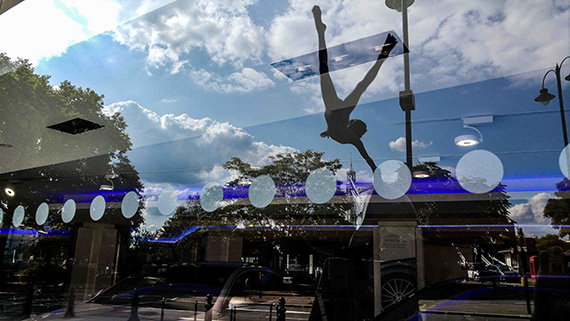
However, unless you have actually captured some really fun images to start with you will have nothing to post process!
About the Author
Roger Lee is a Johannesburg based photographer who runs a popular one day course based on “we don’t want to drown in detail, we just want to know how to use our cameras and enjoy ourselves!” He also does an ebook version of his course.
Go to full article: The Creative Bonus of Digital Photography
What are your thoughts on this article? Join the discussion on Facebook
PictureCorrect subscribers can also learn more today with our #1 bestseller: The Photography Tutorial eBook
The post The Creative Bonus of Digital Photography appeared first on PictureCorrect.
from PictureCorrect http://ift.tt/2FzqOQG
via IFTTT







